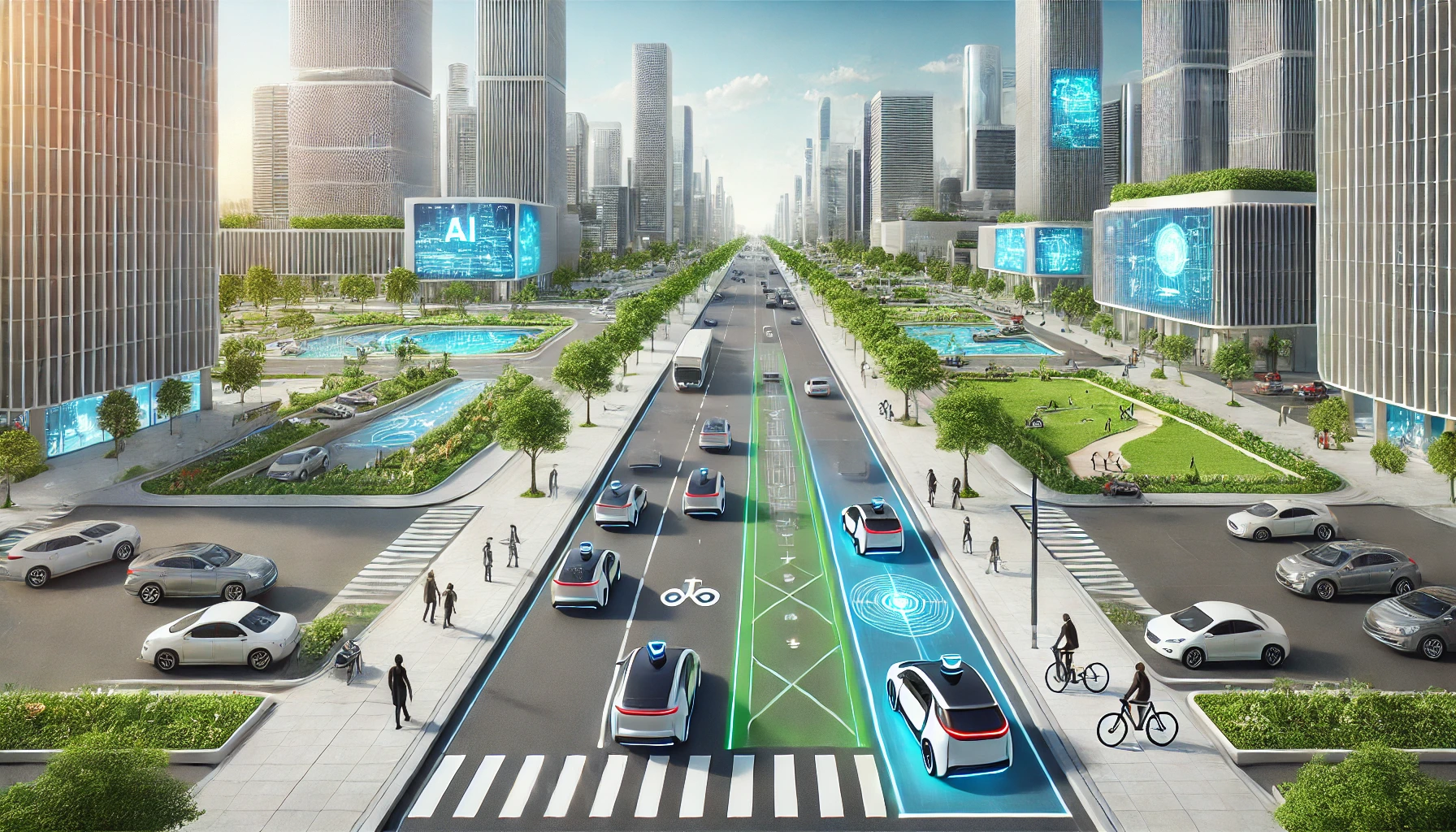Autonomous Vehicles and the Future of Urban Planning: Is Your City Ready for the AV Revolution?

The Road to the Autonomous Revolution
Imagine waking up in the morning, jumping into your self-driving car, and sipping coffee while it smoothly navigates through traffic to your office. Sounds like a sci-fi dream, right? Well, that dream is fast becoming a reality as autonomous vehicles (AVs) continue to advance. But there's one major question: are our cities prepared for this revolution? While AV technology is evolving at a breakneck speed, urban planners are scrambling to catch up, trying to figure out how to reshape cities to accommodate self-driving cars. And let’s just say, it’s a bit like trying to update your smartphone while it’s in use — it’s tricky, but not impossible.
Smart Traffic Management: No More Red Lights?
One of the biggest changes AVs will bring to cities is how traffic is managed. Traditional traffic lights? Forget about them! In the AV world, everything will be coordinated by AI. Cars will communicate with each other to maintain safe distances, avoid accidents, and optimize routes in real-time. The result? Smooth, seamless traffic flow with fewer traffic jams and (hopefully) no need for road rage. Cities will have to implement smart traffic management systems that integrate with AVs to ensure that the streets remain safe and efficient. But will we miss the thrill of racing to beat the yellow light? Probably not.
Where Have All the Parking Lots Gone?
Another major shift will be the decline of traditional parking lots. With self-driving cars, the concept of parking changes entirely. These vehicles could drop you off at your destination and then head off to park themselves in a designated area far away from busy urban centers. Or, better yet, they could circle around or return home if needed. This opens up a huge opportunity for urban planners to repurpose parking lots into parks, recreational spaces, or even housing. Imagine your local mall’s massive parking lot transforming into a lush green park — seems like a win for both the environment and city aesthetics!
Redesigning Streets and Sidewalks
With fewer cars on the streets (thanks to ride-sharing AVs) and less need for parking spaces, cities will have the chance to rethink street design. Planners are already toying with the idea of wider sidewalks, more bike lanes, and even designated lanes for autonomous vehicles. Streets could become safer and more pedestrian-friendly, while AVs zip along dedicated routes without interfering with foot traffic. Essentially, the urban landscape could evolve to focus more on human experiences rather than just accommodating vehicles. Sidewalk cafes, anyone?
Planners Are Already Preparing (Sort Of)
So, are cities ready for this futuristic shift? Well, sort of. Urban planners in cities like San Francisco, New York, and Singapore are already brainstorming ways to prepare for an autonomous future. From updating zoning laws to investing in smart infrastructure, some cities are ahead of the curve. However, the transition will take time, and not every city is moving at the same pace. Smaller cities might find it more challenging to adapt, while larger ones with bigger budgets can invest more in the necessary technology. It’s a bit like watching your tech-savvy friend get the latest iPhone while you’re still figuring out how to update your old one.
What Could Go Wrong?
Of course, no revolution comes without its bumps in the road. The adoption of AVs raises several questions, especially around data security and job displacement. With smart cities relying heavily on interconnected data systems, there’s the concern of hacking or system failures causing citywide chaos. And let’s not forget about the workforce. Taxi drivers, delivery drivers, and even some urban planners might find themselves displaced as AVs take over. But hey, who knows? Maybe we’ll have new jobs in 'autonomous vehicle customer service' or 'smart city traffic design.'
The Future Is Closer Than You Think
While fully autonomous cities may still seem like a distant vision, we’re closer than ever to making this a reality. Major automakers like Tesla, Google, and Uber are pushing the envelope, and governments are slowly but surely catching up with regulations. In just a few decades, the way we think about transportation — and cities themselves — will be radically different. So buckle up (literally) because the future of urban planning is on autopilot!
Conclusion: Is Your City Ready?
As we stand on the brink of this transportation revolution, one question remains: is your city ready for autonomous vehicles? With changes in traffic management, parking, and urban design, cities that are slow to adapt may find themselves left behind. But for those that embrace the future, the possibilities are endless. So, what do you think? Will your city be ready to evolve with the AV revolution, or will it get stuck in traffic?



